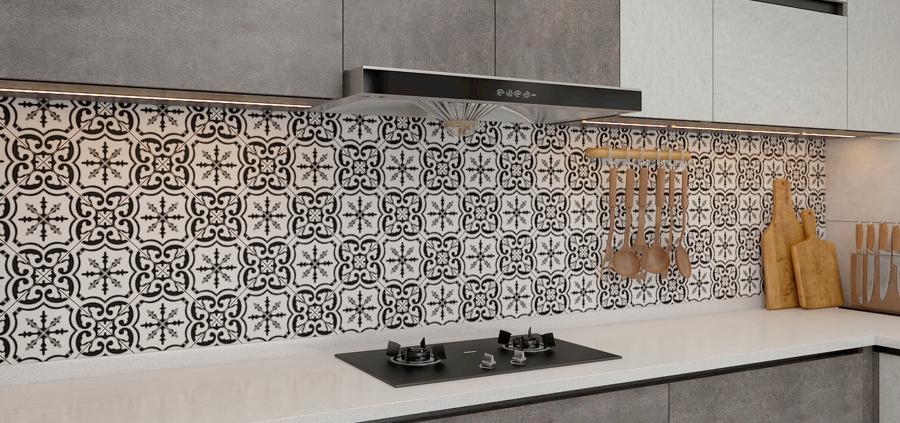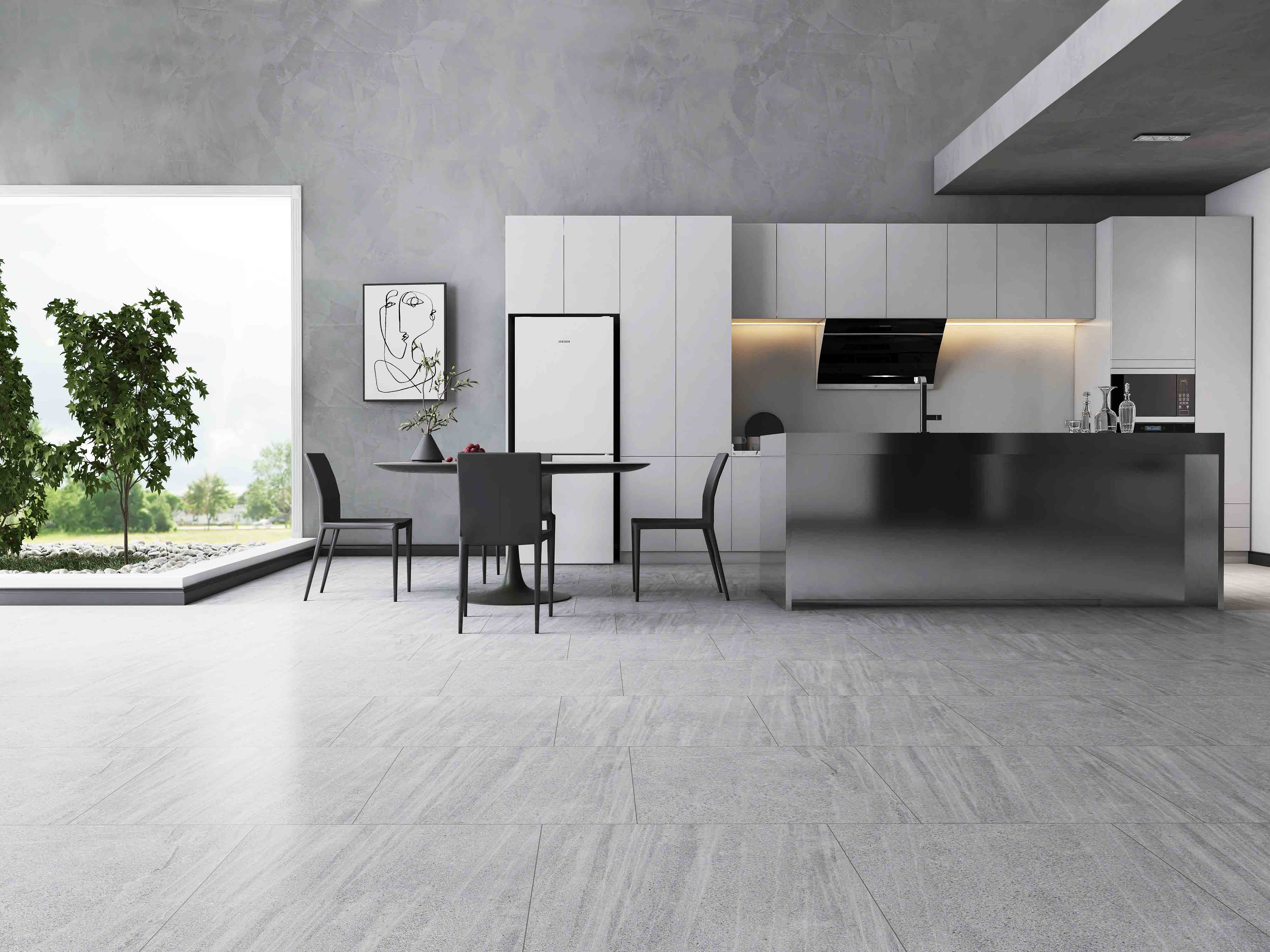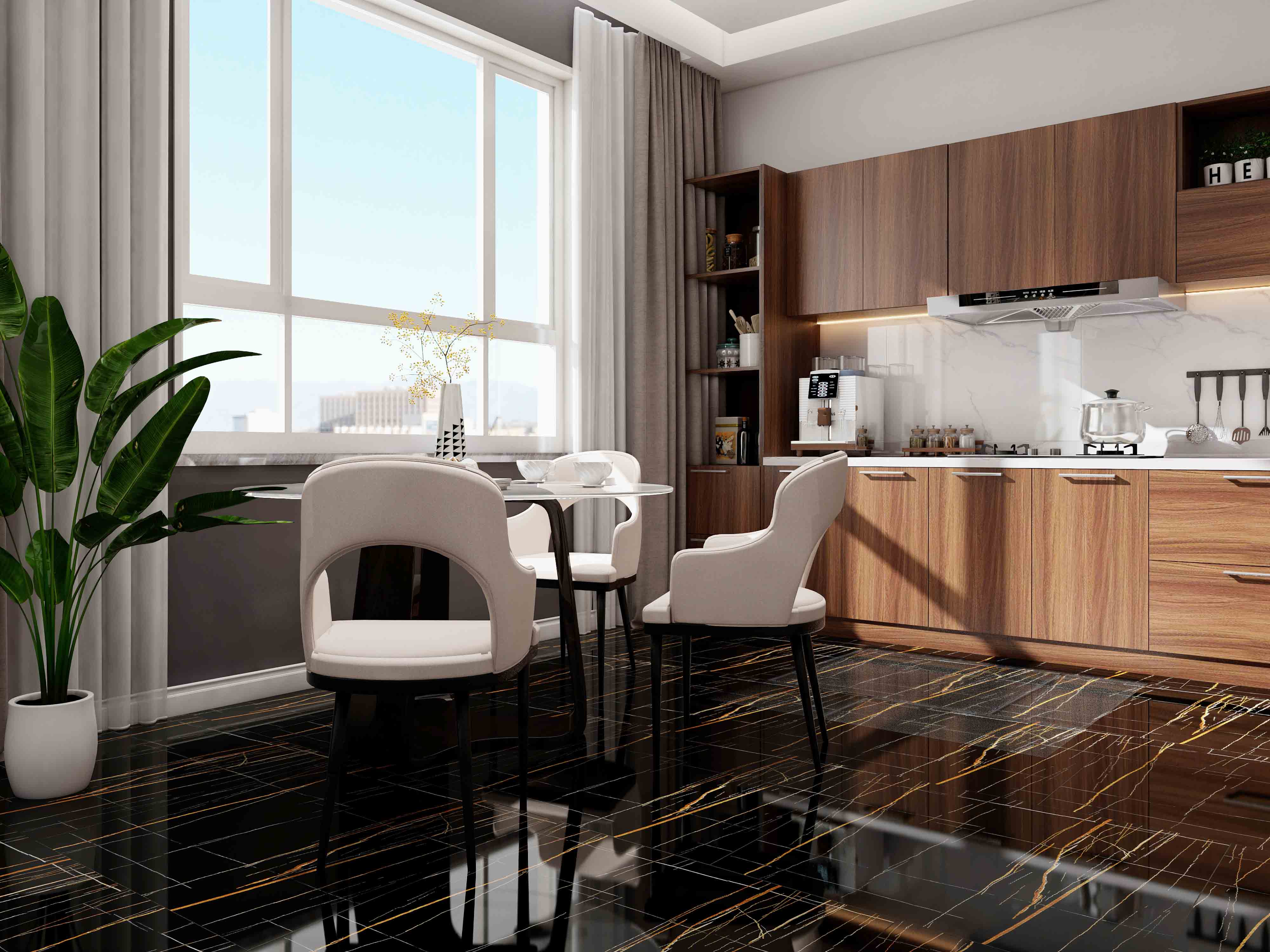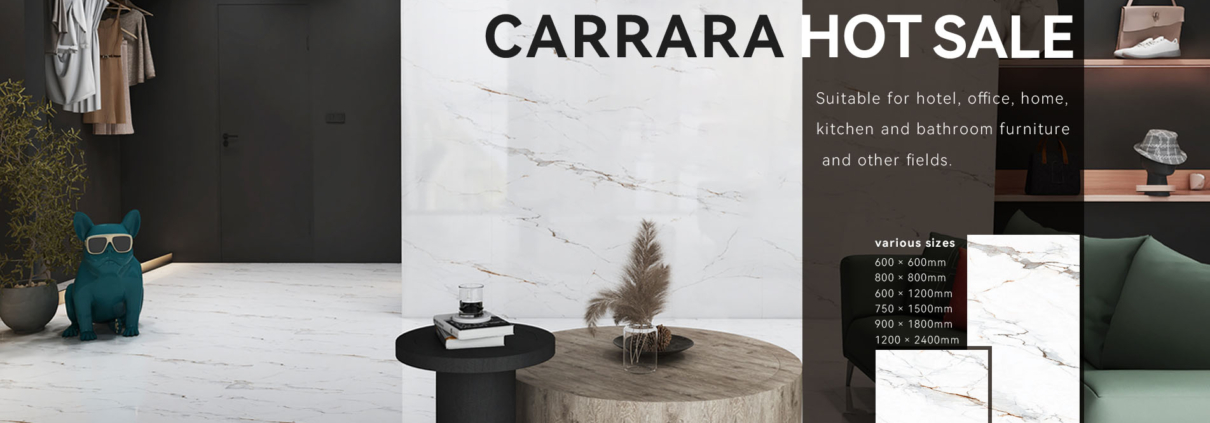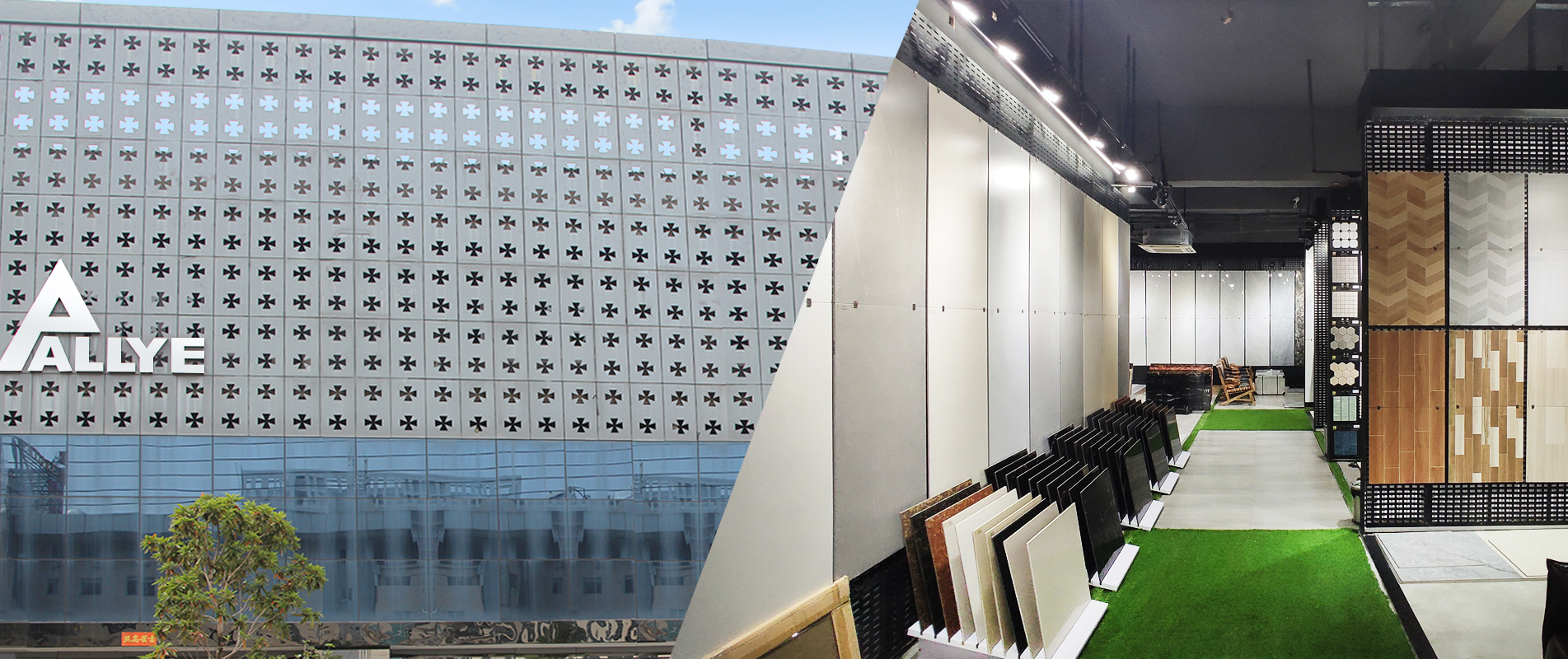HOW TO SELECT A SKILLED TILE INSTALLER?
Discovering a skilled tile installer’s insights
The process of locating a qualified tile installer can prove to be exhaustive. To ensure that you collaborate with an individual possessing verified experience and utilizing appropriate methods and materials, we have delineated several crucial aspects to consider when engaging tile installation services.
Alternatively you can search specifically for qualified tile installers through the Ceramic Tile Education Foundation Portal which ensures a significant amount of contactor vetting for your peace of mind. Depending on your situation however, you may find that certain providers may be outside of your price range or do not service your particular area.
Knowing someone who has a connection can also be beneficial. Numerous tradespeople have achieved success solely through word of mouth. Irrespective of the specific source, there will always be further inquiries that can’t be found online.
There are resources for general contractor hiring, covering factors like licenses, insurances, warranties, etc. When adding new tile work, ensure you engage a legitimate and skilled installer through careful considerations.
Preparing the surface
Inquire with your potential installer about their approach to addressing the specific area. When considering the addition of a new tile floor, factors such as self-leveling underlayments, moisture barrier systems, and uncoupling underlayment can significantly impact the proper installation of tiles in the designated space.
In the case of custom showers, ensuring thorough surface preparation becomes even more critical, as neglecting ongoing moisture concerns can result in extensive failure and substantial financial losses.
Material Selection
Unfortunately, some experienced installers haven’t adapted to modern methods. It’s essential to understand the products used for a durable tile installation. For example, large format tiles require appropriate thin-setting mortar. Using mildew-resistant caulking in damp areas and employing a tile leveling system are crucial. While leveling clips add costs, compromising quality for savings is unnecessary.
Craftsmanship
Distinguishing genuinely qualified tile installers from the rest involves a few key indicators to watch for:
Do they employ a high-quality (wet) tile saw equipped with a fresh diamond blade for each project?
Numerous tile manufacturers advise the use of a high-quality tile saw for any cuts to prevent chipping on the tile’s surface. Even if the cut will be partially concealed by grout or caulking, a true professional won’t take shortcuts.
Do they take additional measures to safeguard areas of your residence or establishment that aren’t undergoing work?
Implementing protective measures like laying out floor covering paper requires minimal effort to preserve your existing floor where entry and exit are necessary. Moreover, processes generating dust, such as grinding or mixing, should occur within a dust wall equipped with a HEPA filter system or outdoors.
Locating a qualified tile installer is a challenge, but we trust the provided information can assist you in finding a dependable professional capable of delivering exceptional results.




